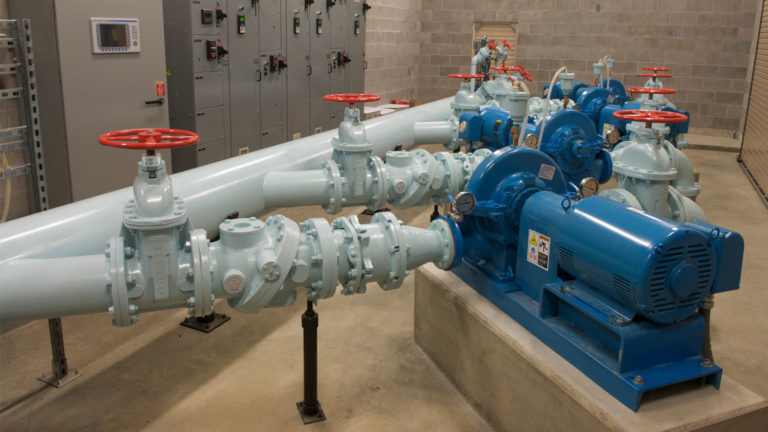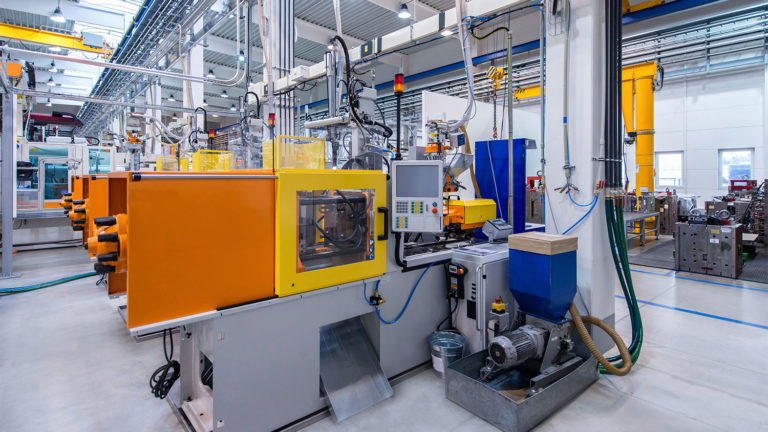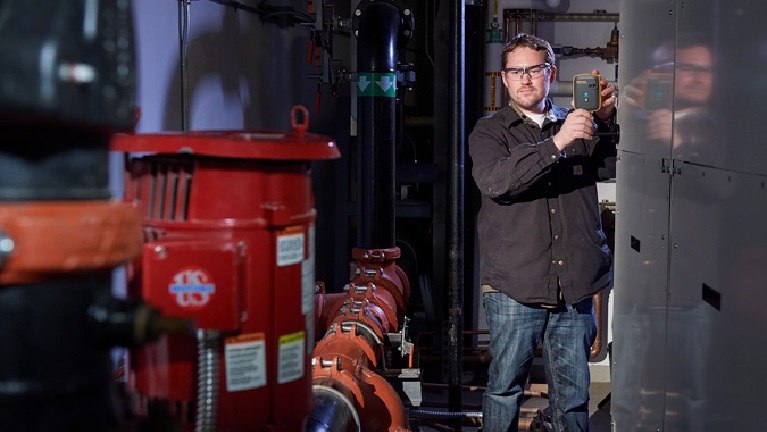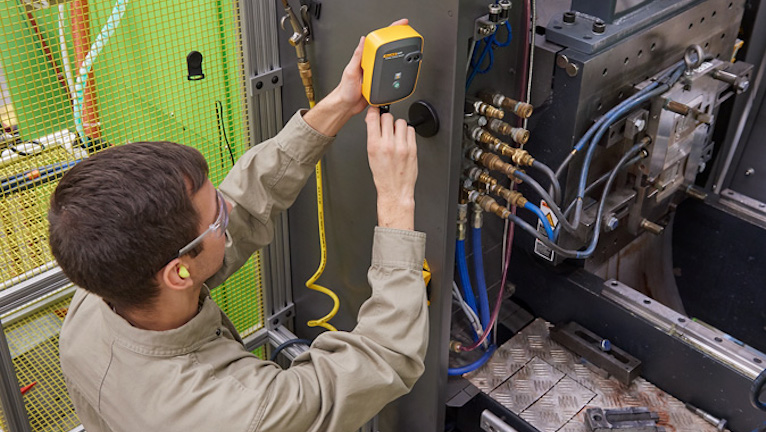Industry expert Colin Pickett offers best practices for condition monitoring and vibration analysis
With more than 35 years of experience helping educate customers on the finer points of asset condition monitoring and vibration analysis, including 15 years as a Prüftechnik engineer, Colin Pickett has developed an authoritative list of best practices.
Now a full-time consultant and trainer, Pickett shared his depth of knowledge at a November 2020 Fluke Reliability webinar titled, “Best practice guide to condition monitoring and vibration analysis.”
“I call this ‘MY’ best practice guide because there is always more [for others] to add,” he said about the topic.
During the webinar, 60% percent of the 230 attendees said they were already performing condition monitoring and vibration analysis at their business. Another 30% were planning to or considering it.
Most of those already using these maintenance techniques said they are also leveraging other measurement methods in addition to vibration analysis—such as oil analysis, thermal, ultrasound, or motor testing.
“Any condition monitoring (CM) program will likely include vibration analysis since it’s the most common and cost-effective CM solution,” Pickett noted. “But you should also have other data collection methods or tools to help determine the condition of your machines.”
Start with asset criticality—and always confirm the running speed
Among the goals of Pickett’s webinar is to help people get started if they need it. As with any reliability strategy, he advises beginning with an asset criticality assessment. Keep in mind that the type and amount of data will vary from one machine type to another. Build a good working knowledge of your critical machines and the types of data collected from them.
“Condition monitoring should be an adaptive process,” he said. “The analyst needs to be able to determine what piece of data to collect next, based on the data that was just collected.”
Figure 1 below outlines the four main condition monitoring principles that Pickett follows:
- Detect issues through trending vibration levels.
- Use vibration analysis to find the fault.
- Take corrective action to fix the immediate issue.
- Verify the fix has worked with additional readings.

Figure 1: The four main condition monitoring principles
Utilize condition monitoring on all or most of your prescribed routes to periodically collect high-level vibration data, Pickett advises. Look for changes in the machines; if there are signs of a problem, go back and look deeper using vibration analysis.
Other points to consider:
- Some vibration problems can be easily diagnosed with a minimum of data, while others require considerable time and effort in data collection and analysis.
- To find the solution as efficiently as possible, the analyst should know “if” and “what type” of additional data is required to solve the problem.
For that reason, Pickett advises recording as much machine failure data as possible. When he polled the webinar audience, 43% responded that they kept a record of all their machine failures, while 33% said they tracked some data, and 22% reported collecting failure data for critical machines only.
View Pickett’s data-gathering recommendations as an opportunity for your plant. You can use your computerized maintenance management system (CMMS) or CM software to store failure information to expand your knowledge of how your machines fail and what kind of failure mode indicators to anticipate.
To illustrate, Picket walks through a four-step process, from noticing a change in the vibration trend plot (Figure 2a) to doing a more in-depth vibration spectra analysis (Figure 2b), taking corrective action, and confirming the fix (Figure 2c).
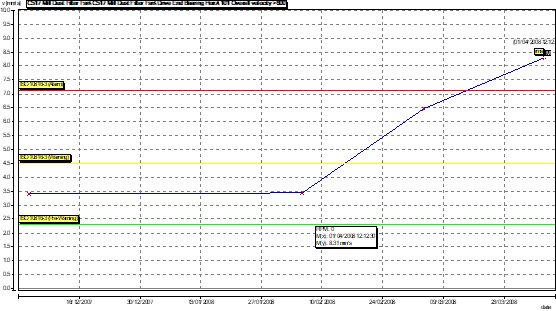
Figure 2a. Example of a vibration trend plot demonstrating a change in the levels.
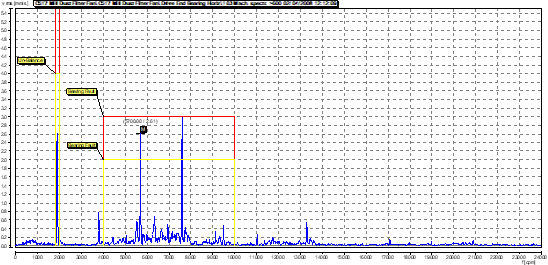
Figure 2b. Example of vibration spectral analysis
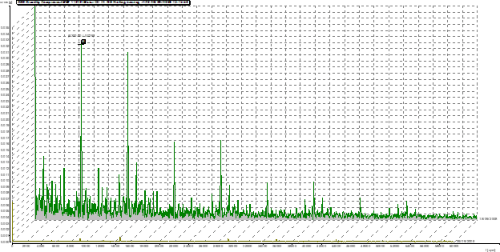
Figure 2c. Verification measurements to confirm all defects have been eliminated and establish a new baseline
“Spectral analysis involves processing the analog vibration signal through a digital converter and then through FFT circuitry; this allows us to see specific amplitudes at the individual frequencies which can identify any machinery problems,” Pickett said. For vibration analysis, the appearance of peaks at specific frequencies can be indicative of a problem.
Here’s a quick guide to machine fault indicators:
- Peaks at 1x – Unbalance
- Peaks at 2x and or 3x—Misalignment
- Peaks at Line Frequency and 2x Line frequency—Electrical problems
- Non-synchronous peaks—Bearing fault frequencies
What to do when you suspect you have an issue
In the second half of the webinar, Pickett walks through his step-by-step action plan for investigating potential signs of an asset issue or failure. The following steps summarize the methodology at a high level; view the webinar for instructions regarding each step.
- Look at the machine history.
- Ask questions about when the problem started and how it manifested.
- Find out what kind of changes happened recently to the machine or operating environment.
- Confirm the running speed.
- Get the machine details and operating conditions.
- Conduct a visual inspection.
- Work through the measurement locations to the end of the drive train, always confirming each stage’s running speed.
- Collect overall velocity readings.
- Collect overall bearing condition measurements.
- Check vibration levels at points other than the bearings: base, foundation, mounting feet, background, or floor vibrations.
- If possible, take temperature or thermal measurements.
- Collect vibration spectrum data in each plane (H, V, A) and at each bearing point.
- Share your findings and work out the cost savings of your recommendations.
Possibly the most crucial point, he said, is always to confirm the running speed.
And don’t forget to record the phase—it can help differentiate between imbalance, foundation issues, or misalignment. Collect it using a triggered input such as a laser tachometer, photocell, key phasor, or stroboscopic light activated by a filtered vibration amplitude.
For additional best practices on condition monitoring and vibration analysis, explore Pickett and others’ related presentations in the Prüftechnik webinar series.
Related articles:

